Types of Acne Scars unlike others may exist in various forms and they might have different treatment options. Icepick scars are very tiny in size and go deep with their depth. They look like small puncture wounds. Boxcar scars are more quills that are wider depressions with defined edges. Get more clarification.
Seabirds weave their way through the frame, mimicking the rolling motion of ripples scarring the skin. Seeing the distinction between different types of acne is vital for choosing the most effective treatments. It could be pharmaceutical drugs or laser therapy that will help diminish acne leaving the skin fresh.
Types of Acne Scars
Acne scars are the aftermath of the skin tissue distortions brought about by the acne blemishes. There are several types of acne scars, each with its own characteristics.
1. Ice Pick Scars – These are deep, indented wounds that tend to resemble pockmarks on the skin which are only a little deeper than the skin itself. They normally occur with a period of acne flare-ups hence can be difficult to treat effectively.
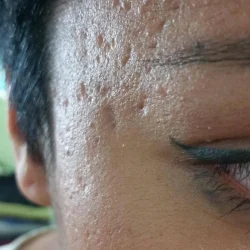

2. Boxcar Scars – Redex bars can be distinguished by their broader appearance and well-defined boundaries. They can be cosmetically manifested as umbilicated scars that are the direct consequence of the acne lesion.
3. Rolling Scars – Citing the owner of the waves of the texture rolling scars create because of the fibrous bands that pull the skin into a downward direction. They are frequently part of the complexion for those who already have the background of inflammatory acne.
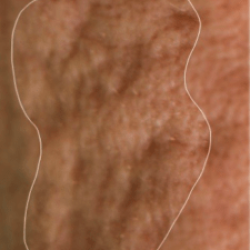
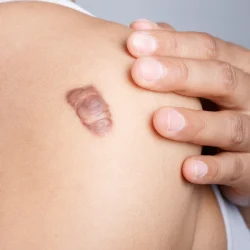
4. Hypertrophic Scars – Rather than typical acne scars which are depressed cuplike, hypertrophic acne scars stick out. They happen due to the excess collagen formation secondary to the inflammatory process and they are often associated with cases of heavy acne.
5. Atrophic Scars – Scarring from atrophy is characterized by depressed-looking dents on the skin where the tissue has reduced in size. Such marks also cover ice pick, boxcar, and rolling scars and are usually the trigger of the most inflammatory acne.
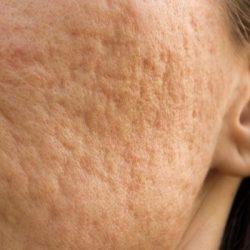
Types of Acne
Acne is a type of disease of the skin and it can lead to different physical appearance with varied diagnoses. Here are the primary types of acne.
A). Whiteheads (Closed Comedones) -These are observed when oil, dead skin cells, as well as bacteria, clog pores leading to better-known small white bumps under the skin.


B). Blackheads (Open Comedones) – The second breakout is also caused by the suppression of pores, but is named blackheads and appears black or dark-colored due to the oxidation of the debris that is trapped.
C). Papules – Papules are skin lesions, which are small, shiny, and hard. They appear red and bumpy on the skin and are more sensitive to pressure. These are experienced when the sebaceous glands which are contained within the hair follicles become inflamed, resulting in the rupture of the walls of the follicles.
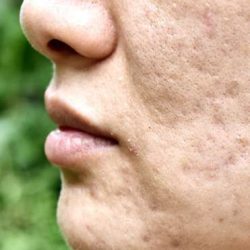
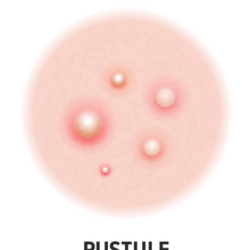
D). Pustules – Pustules resemble papules, with the only difference being the additional pus on pustule tips which makes it appear white or yellow. They frequently go with the inflammation process and might become an issue of discomfort.
E). Nodules – Nodular acne includes large, really hard, and painful clusters that form to the depth of the skin pores. They occur as a direct consequence of severe inflammation and scarring may follow if left unchecked.
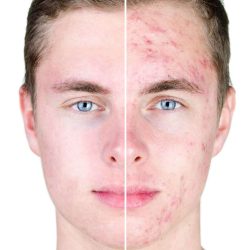
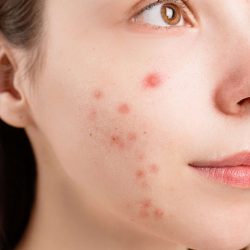
F). Cysts – Among several different types of acne, cystic acne is the most serious and deepest. It is marked by big lesions that are filled with pus and can even become large cysts. Cysts may be painful and also create scars which can be very serious.

